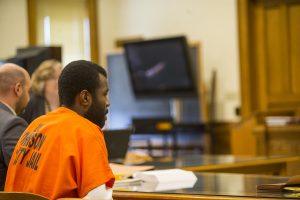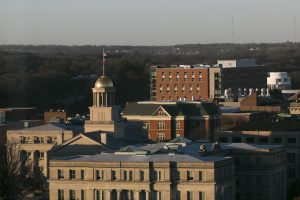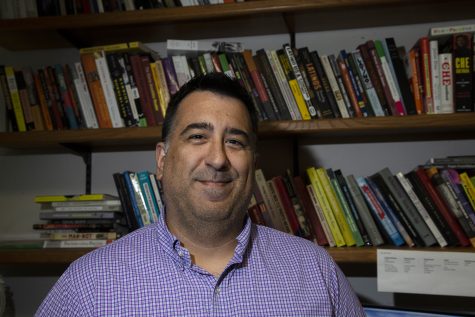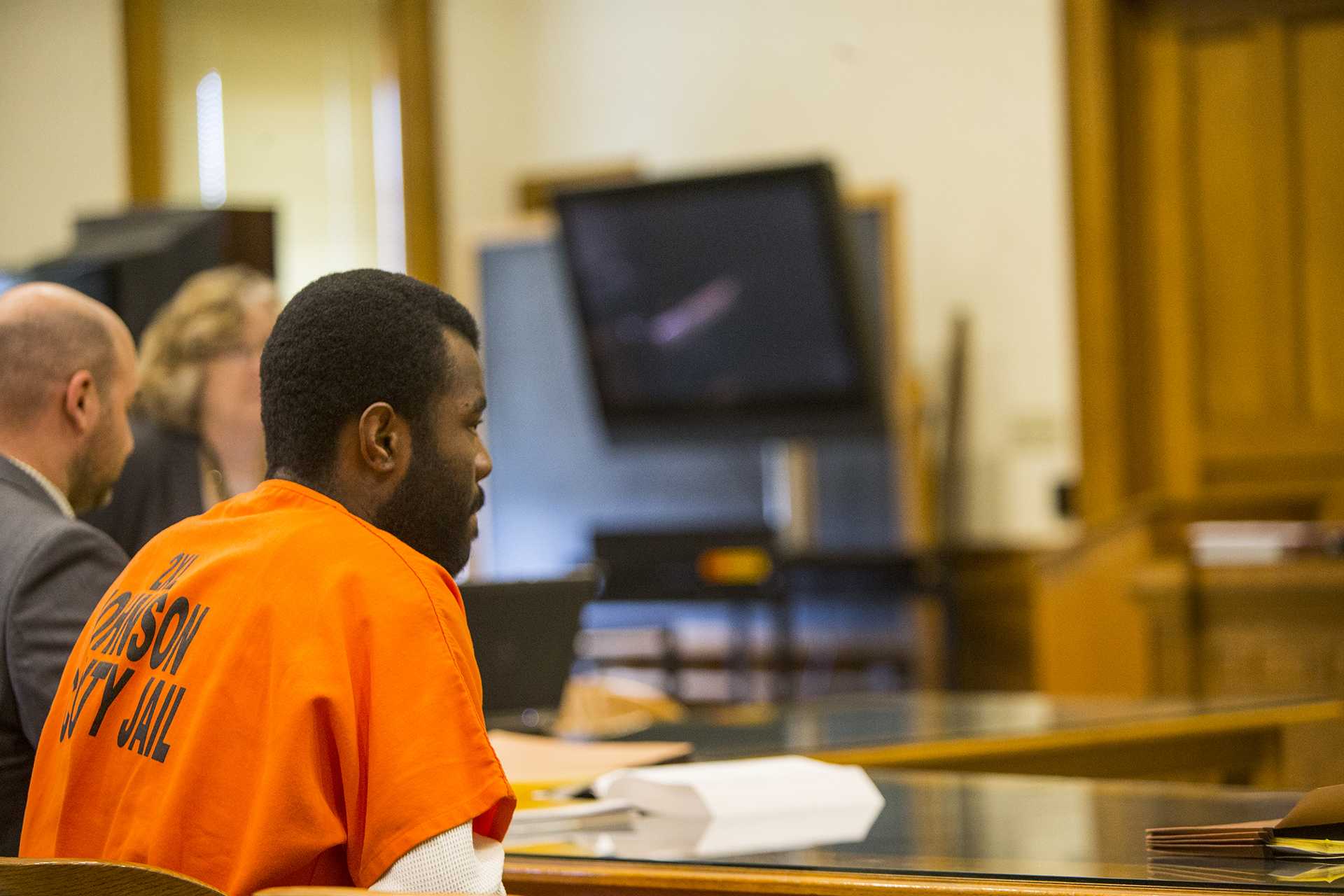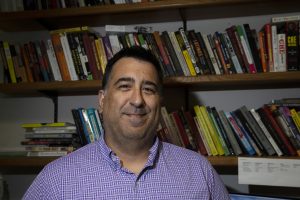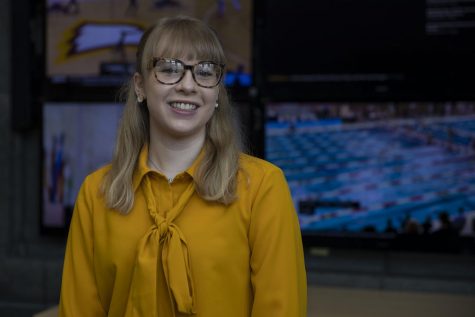University of Iowa receives grant from NASA to study auroras
The University of Iowa department of physics and astronomy has received another grant from NASA, now allowing them to launch rockets to measure the interaction between the Earth’s magnetic field and sun particles.
September 9, 2019
Long known as a campus with a history of leading the way in space exploration, the University of Iowa has received another research grant from NASA in the same year as the agency awarded UI researchers the institution its largest-ever grant.
The grant, which the UI received in February but only announced publicly last week, is worth $3.5 million and will allow researchers to construct sounding rockets to study electrical currents that occur during auroras.
The mission, called ACES-II, will launch two rockets into an aurora to measure the interaction between solar magnetic particles and the Earth’s magnetic field, principal investigator for the mission Scott Bounds said. One rocket will fly at 350 kilometers and the other at 120 kilometers.
The grant is part of a project that provides for a low-cost access to space by NASA. Although at a lower cost, the grant is a higher-risk mission, Bounds said. However, more missions are able to be completed per year at this lower cost compared with the more expensive satellite missions.
ACES-II is a redo of the original ACES mission from 2009 in which both of the instruments launched had failures, Bounds said.
“What we were after was a nice stable arc. A lot of the pictures you see of auroras are usually active all over the sky,” Bounds said. “What we actually want is the one arc that’s just hanging across the sky.”
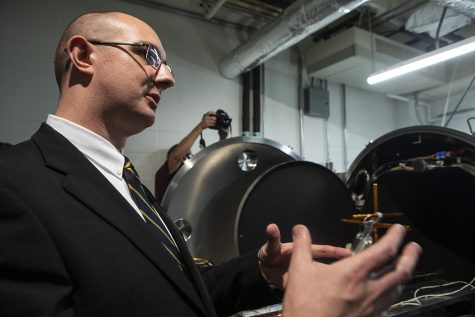
Assistant Professor of Physics and Astronomy David Miles presents the thermal-vacuum chamber used for testing equipment for spaceflight during a visit to the University of Iowa by NASA Administrator Jim Bridenstine on August 30, 2019. The University of Iowa recently received a $115 million grant to launch the TRACERS mission, which will collect data on the interaction of the earth and sun’s magnetic fields. (Ryan Adams/The Daily Iowan)
The rockets will be launched in Andøya, Norway, in 2021 to increase the likelihood of launching into a stable aurora arc, he said. The area of the atmosphere in which auroras occur is difficult to reach with satellites, Bounds said.
“The advantage of the sounding rocket programs is we can get to these altitudes and we can launch into the conditions we want,” Bounds said.
Each rocket will have multiple instruments on it to measure the magnetic field and particles individually, researcher Jasper Halekas said.
“The sounding rocket flight itself is very short. This is a little bit different from when we build things and launch them on a spacecraft, and they’re up there for years and years,” Halekas said. “[The sounding rockets] are only up there for about 10 minutes.”
Even though the rockets do not spend a lot of time in the air, as long as the communication systems work, the researchers will get the data for analysis, he said.
Having a lower-cost project such as a sounding rocket mission also allows students to have an opportunity to be more hands-on with the construction and testing process, Halekas added.
Rockets are one of the few instruments that students can work on that allow them to experience the hardware that goes into it, Assistant Professor David Miles said.
For this mission, Miles is constructing the magnetometer that will measure the charge of the magnetic field, he said.
“If you’ve ever seen the aurora, it’s a fundamentally interesting display of what’s a very complex process,” Miles said. “It’s hard to look at the aurora and not feel inclined to ask, ‘I wonder where that comes from?’”




